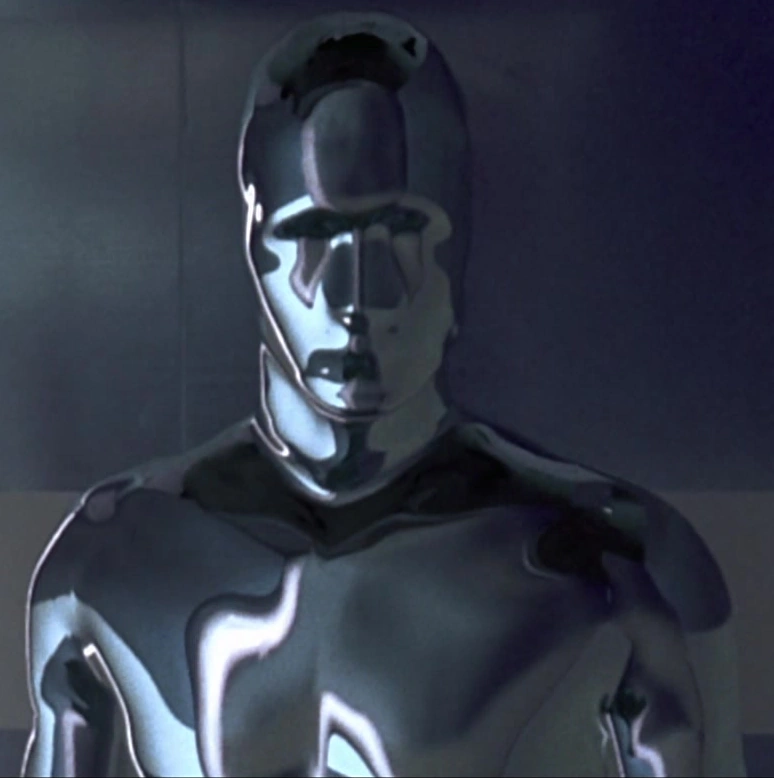Designing Humanoid Robots for Smart Cities
Humanoid robots designed for smart cities are at the forefront of innovation, leveraging advanced technologies to enhance urban living, streamline services, and improve sustainability. These robots perform various roles, including public service, security, logistics, and urban maintenance, seamlessly integrating into the interconnected systems of smart cities. This guide explores the objectives, design considerations, components, challenges, […]
Designing Humanoid Robots for Smart Cities Read Post »


